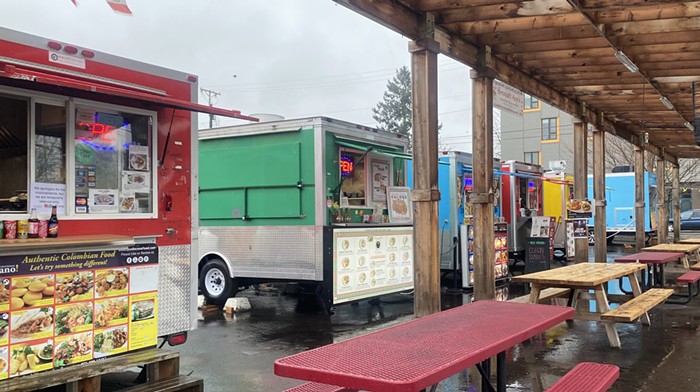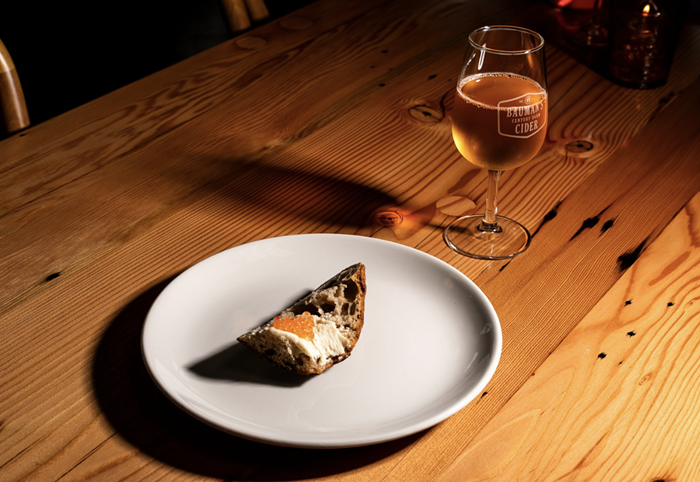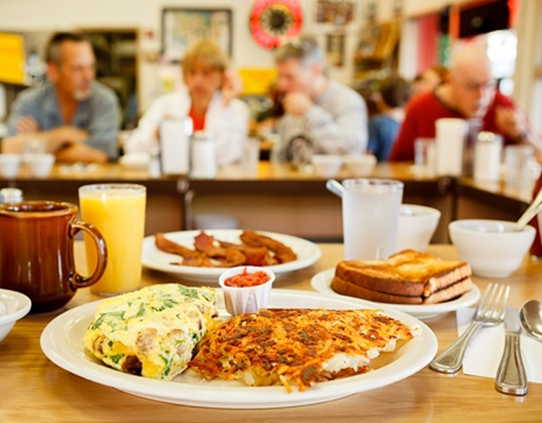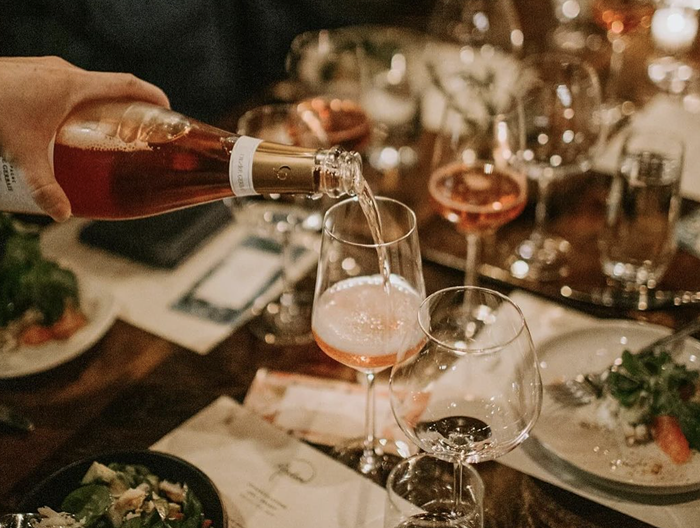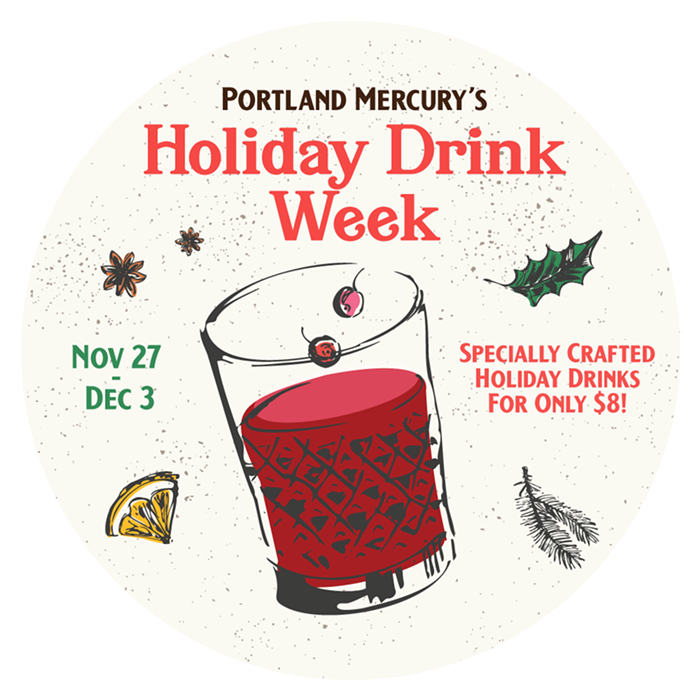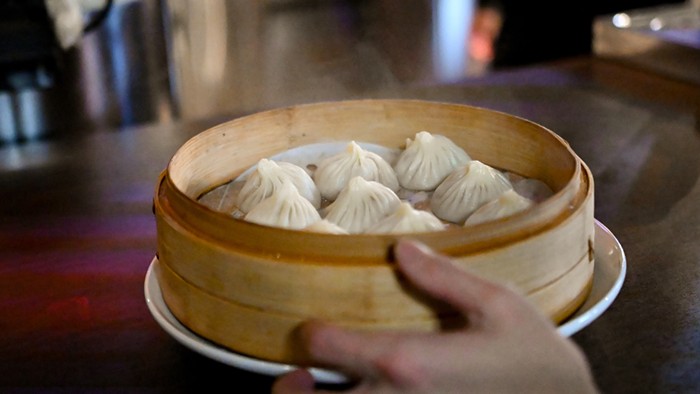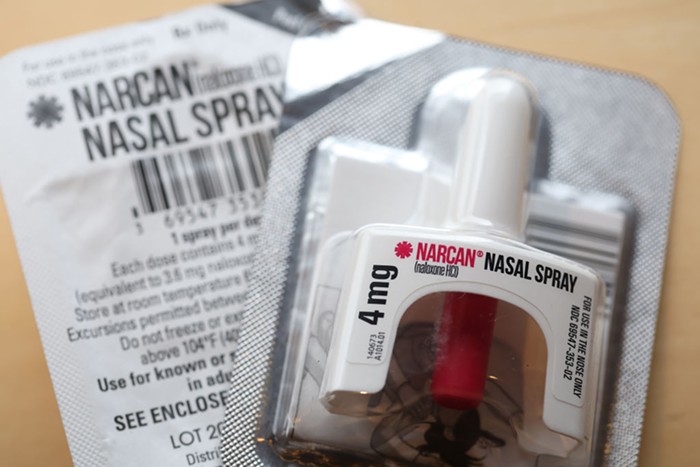I came across a delightful article this morning from sustainability blog chelseaGreen.com. Largely adapted from the book When Technology Fails, by Mathew Stein, the article offers a wealth of information for folks who'd like to pick their meals off (or out of) the ground rather than shelling out money at their local grocers.
There are a number of up-sides to foraging: free sustenance, good practice for the apocalypse, no need to contend with wobbly wheeled shopping carts, the wonder of the great out-of-doors. However there are also a number of downsides; the first that springs to mind is the tremendous amount of animal shit to contend with in nature. Yeah yeah, I hear it now, "Patrick you ignorant ass! Don't you realize how much dung can be found on your 'washed' and 'packaged' super market death food?" Sure, but at least I'm not picking my watercress out of a pile of wild nutria poop. Besides, when you factor in the possibility of accidental poisoning, the amount of time it takes to gather food, the weather, and preparation time, the cost/benefit analysis might make one re-think coupons as a way to save scratch.
Regardless, there were a few intriguing entries in the foraging guide that would almost get me to don my haz-mat suit and actually leave my house for more than the minute it takes to get to my car.:
Acorns are the nuts from about 55 varieties of native oak trees. Gathered in the fall, acorns were traditional staple foods for several indigenous peoples... To remove bitterness, shell the acorns and boil in water until the water turns brown. Drain and repeat until the water stops changing color. If boiling is not an easy alternative, wrap nutmeats in a cloth and soak in a clear running stream for a few days until they taste sweet. Soaking acorn mush to remove bitterness takes less time than soaking the whole seed. Acorn meal makes excellent pancakes and muffins.
See? Now that's just silly. First of all, I'm too lazy to find a clear running stream. And after a few days, like a lead poisoned squirrel, I'd probably forget where I put the acorns anyway. But I do like muffins and pancakes...
The common dandelion is quite a versatile and delicious plant. It is found throughout the country in open fields and disturbed areas. The young leaves are excellent as salad greens, and are more nutritious than any you can buy in the grocery store. Peel young roots and eat raw or slice thin and boil. If leaves or roots are bitter, boiling in a couple water changes improves the taste. Dip the blossoms in fritter batter and fry in oil, like tempura veggies.
Now this is something I can get behind. I can run outside long enough to grab some dandelions and I love anything fried. The ability to eat them raw is also a plus. It's good to know if I ever became immobilized on an ill kept lawn, I'd be able to sustain myself by wrapping my tongue around a couple of nearby dandelion stalks.
Wild roses are found in many different varieties across the United States. Their fruits are a fantastic source of vitamin C. The larger fruits can be quite good raw, although you may want to avoid the bitter seeds. Many people collect rose hips for a delicious tea. They may be boiled and strained to make a sauce with the consistency of applesauce.
Again, easy is what I'm looking for. My neighbors rose beds are toast!
Wild onions are found throughout the United States, except in the hot and dry areas. They are found on the plains, hills, and mountains, usually in open areas, and all have the characteristic onion or garlic smell. Its bulb is usually reddish-purple, and the plant has tall slender stalks with a typical allium cluster of flowers. Avoid all onion look-alikes that do not have a strong onion smell when the leaves are crushed, because they may be poisonous.
I'm mixed on this one: I love onions, but I'm not to fond of poison. I like the idea of a wild onion, but it takes way too much work to traverse either plain, hill, or mountain.
In the end, I think I like the idea of foraging more than I'd like to actually forage. I think I'll just stay inside, behind my dark chocolate chiffon curtains, imagining packs of lion cloth garbed hipsters crouching through the parks looking for Burdock. Yes. And then I'll take a nap before I go to the Supermarket.
You can read the whole article and view helpful pictures for identification right here.
There's also a great blog post from Sarah Mirk on local foragers here.
